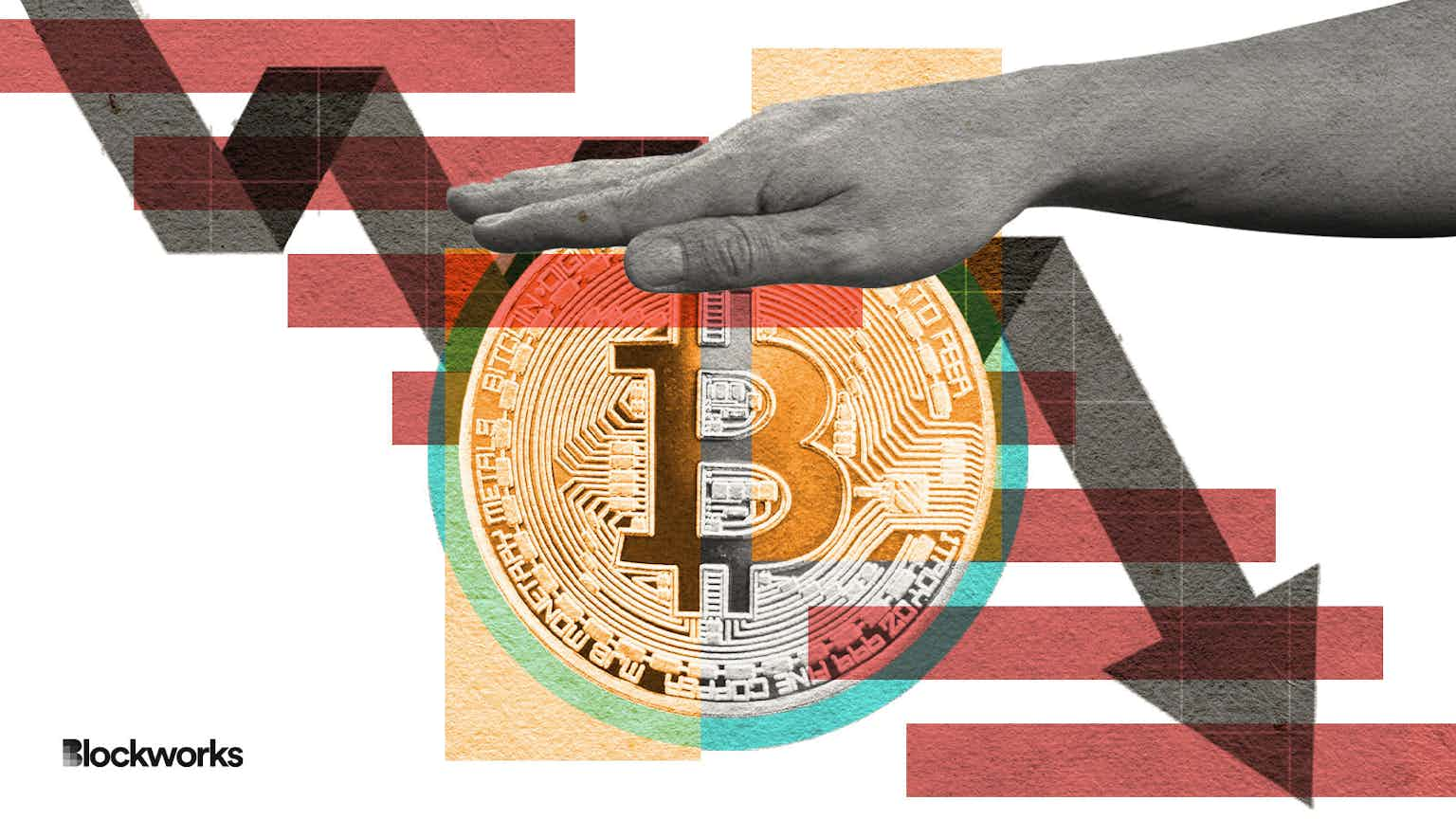No Crypto Clarity Because Regulators Thought It Would Die: Barclays Exec
How far can ‘regulation by enforcement’ go before a clear legal framework for crypto becomes a real necessity, rather than pipe dream?

David Franklin/Shutterstock modified by Blockworks
Formulating a legal framework for crypto has dragged on for years, with no clear end in sight. One Barclays executive reckons it’s taken so long because regulators figured digital assets would simply die out.
The lack of tailored rules has led the US Securities and Exchange Commission (SEC) to target crypto via “regulation by enforcement,” rather than establishing clear guidelines, industry figures have said.
In fact, US agencies ramped up crypto enforcement efforts over the past 10 months in light of the sudden collapses of prominent firms such as Celsius, Voyager and FTX. Regulators have often filed enforcement actions against firms after they’d filed for bankruptcy, leaving users (and their funds) stranded.
Some policymakers allowed the market to “do what it wanted to do because they thought it would essentially die,” Nicole Sandler, head of digital policy at Barclays, said recently at a London fintech conference per Decrypt.
“And it hasn’t died, it’s grown, it’s grown, it’s grown.”
Sandler was part of a 2016 discussion around the legal framework for digital assets with the European Commission. She acknowledged that the industry was still in its early stages back then, but noted that wasn’t why regulators had since avoided establishing rules.
“It wasn’t that it was nascent and they couldn’t regulate it, it was a choice to see where the market went,” Sandler said. “And now they know that they have to regulate it. But the problem is regulation takes a long time from start to finish.”
More recently, three top US banking agencies, including the Federal Reserve, said that risks relating to the crypto sector mustn’t spill over into the banking system. They warned that institutions issuing or holding digital assets “is highly likely to be inconsistent with safe and sound banking practices.”
Separately, the SEC slapped Coinbase with a Wells notice, alleging violations of federal securities law. Days later, Binance was sued by the Commodity Futures Trading Commission for alleged evasion of trading and derivatives rules.
The SEC has dished out upwards of $2.6 billion in fines to crypto startups since 2013, while a lengthy SEC court battle with Ripple looks destined to define how crypto is regulated moving forward.
Start your day with top crypto insights from David Canellis and Katherine Ross. Subscribe to the Empire newsletter.





